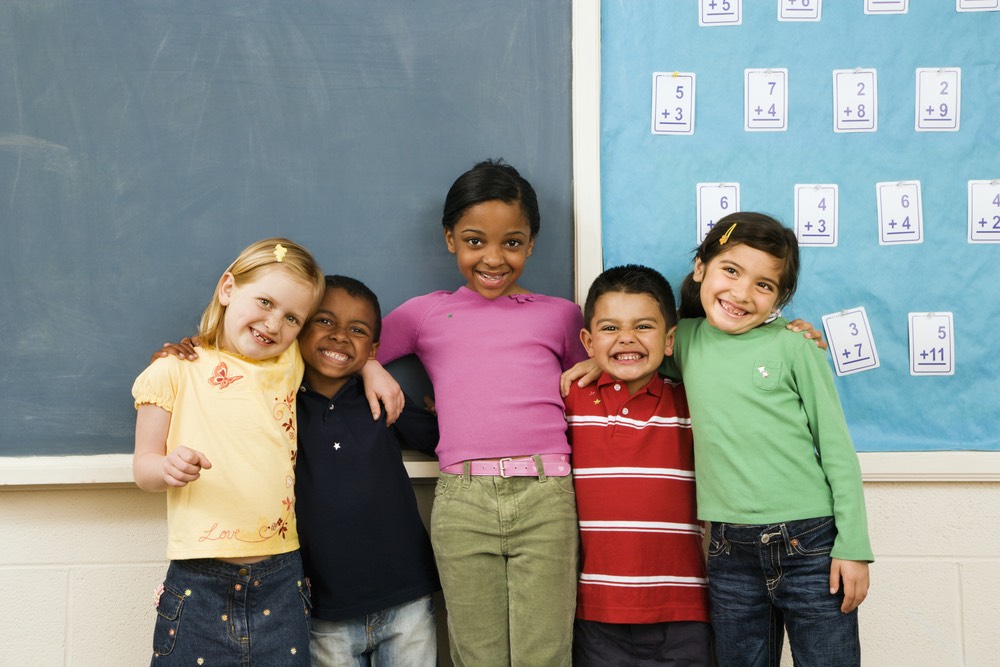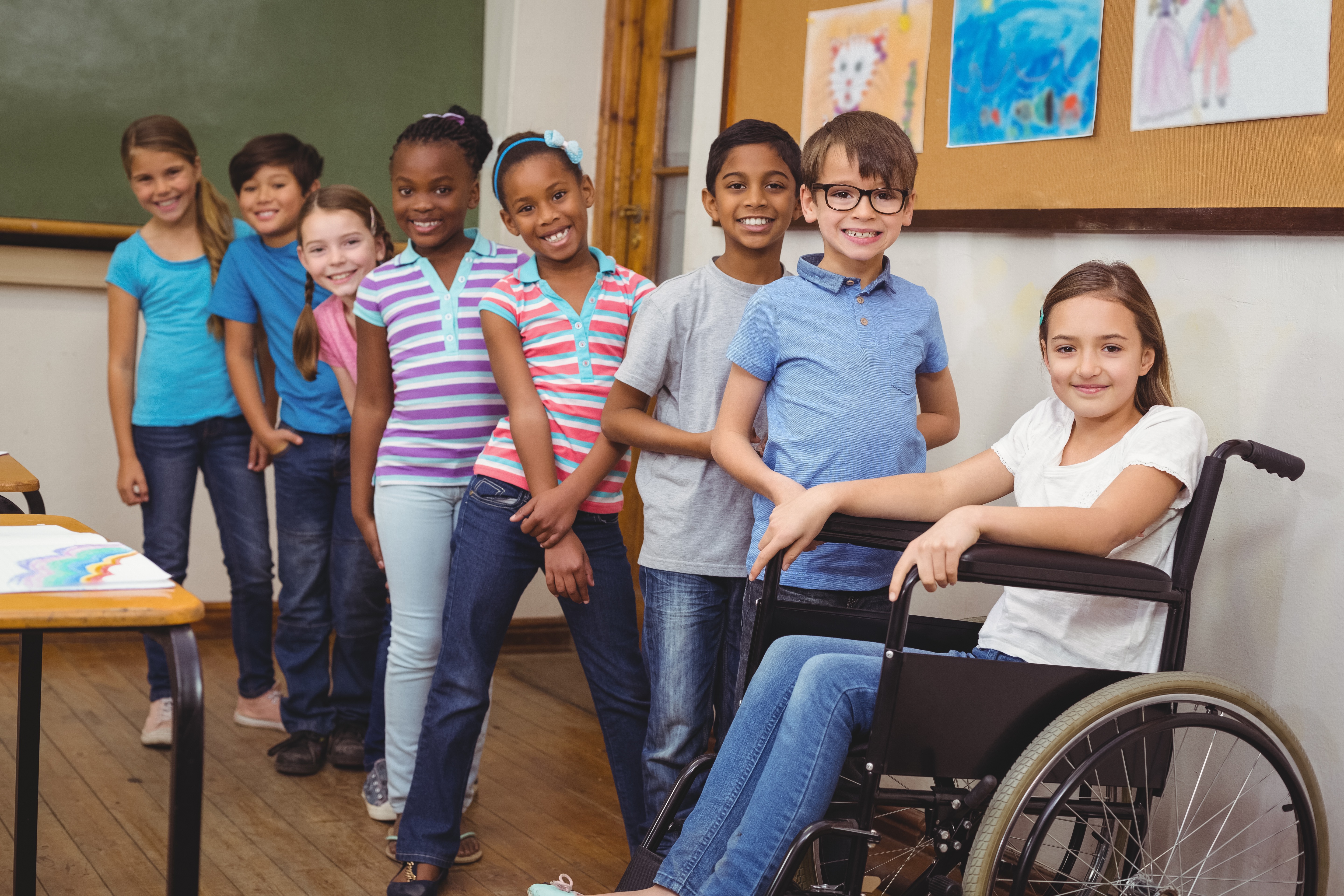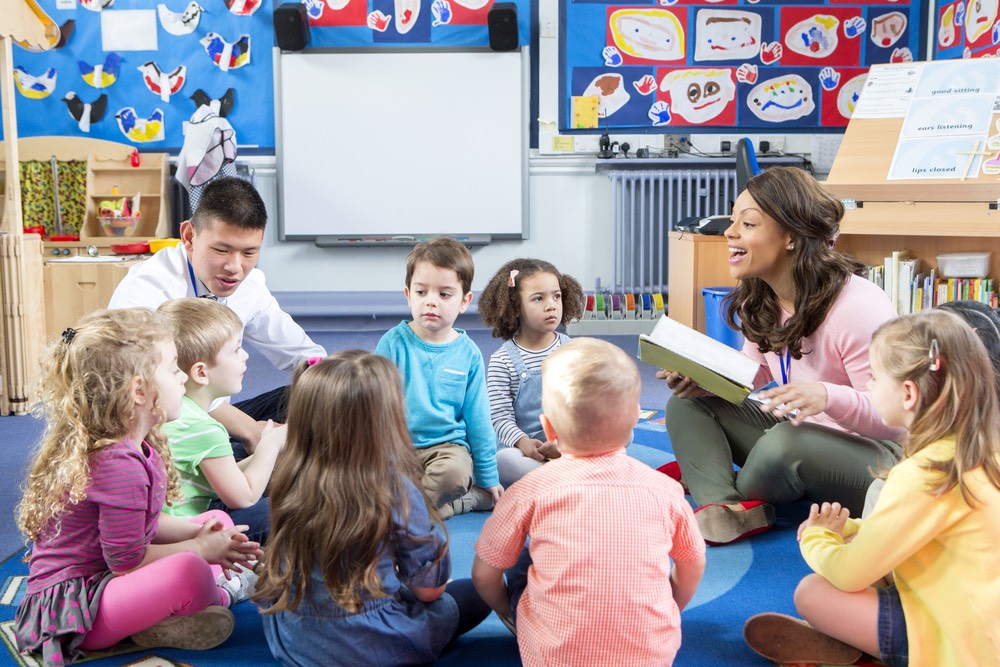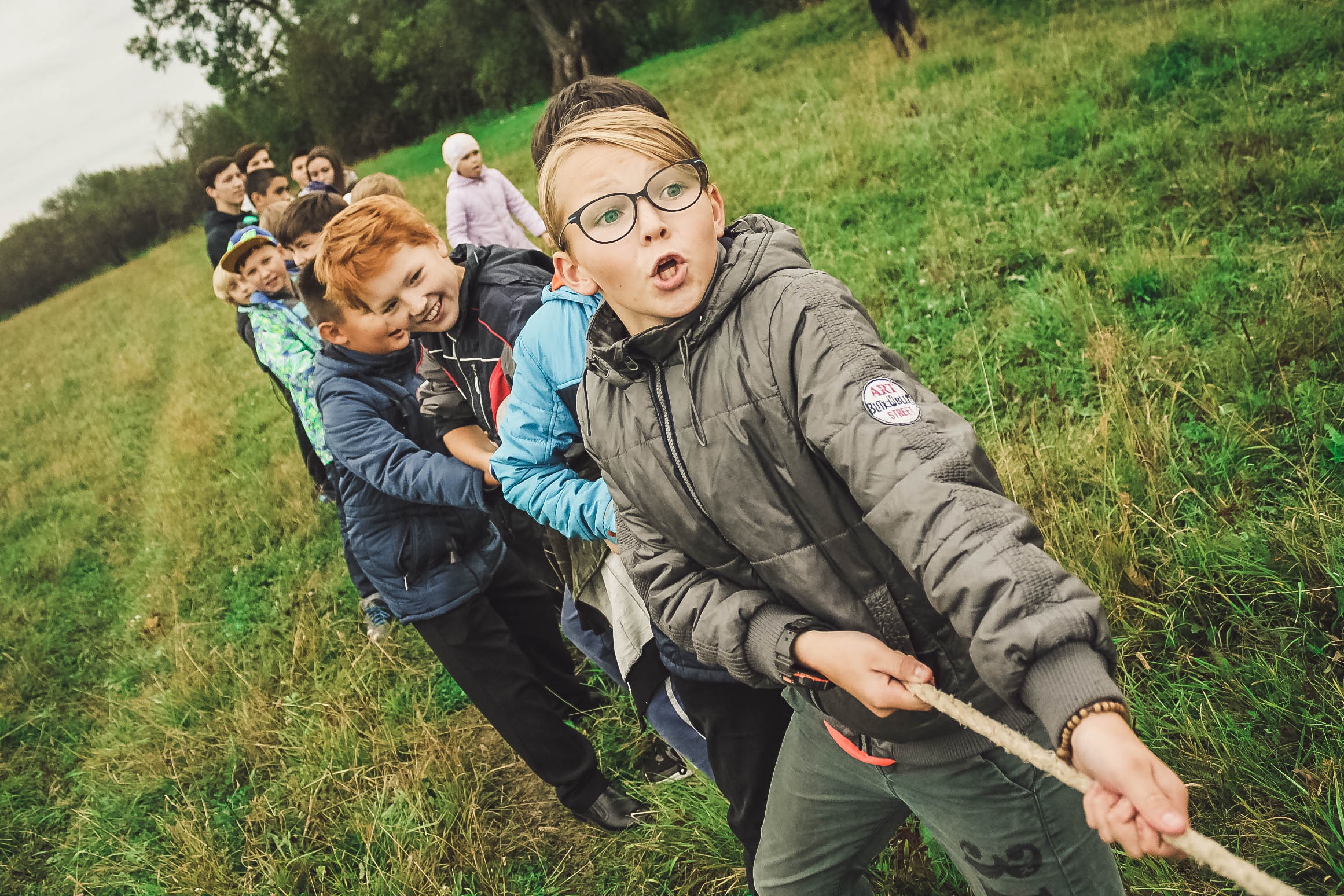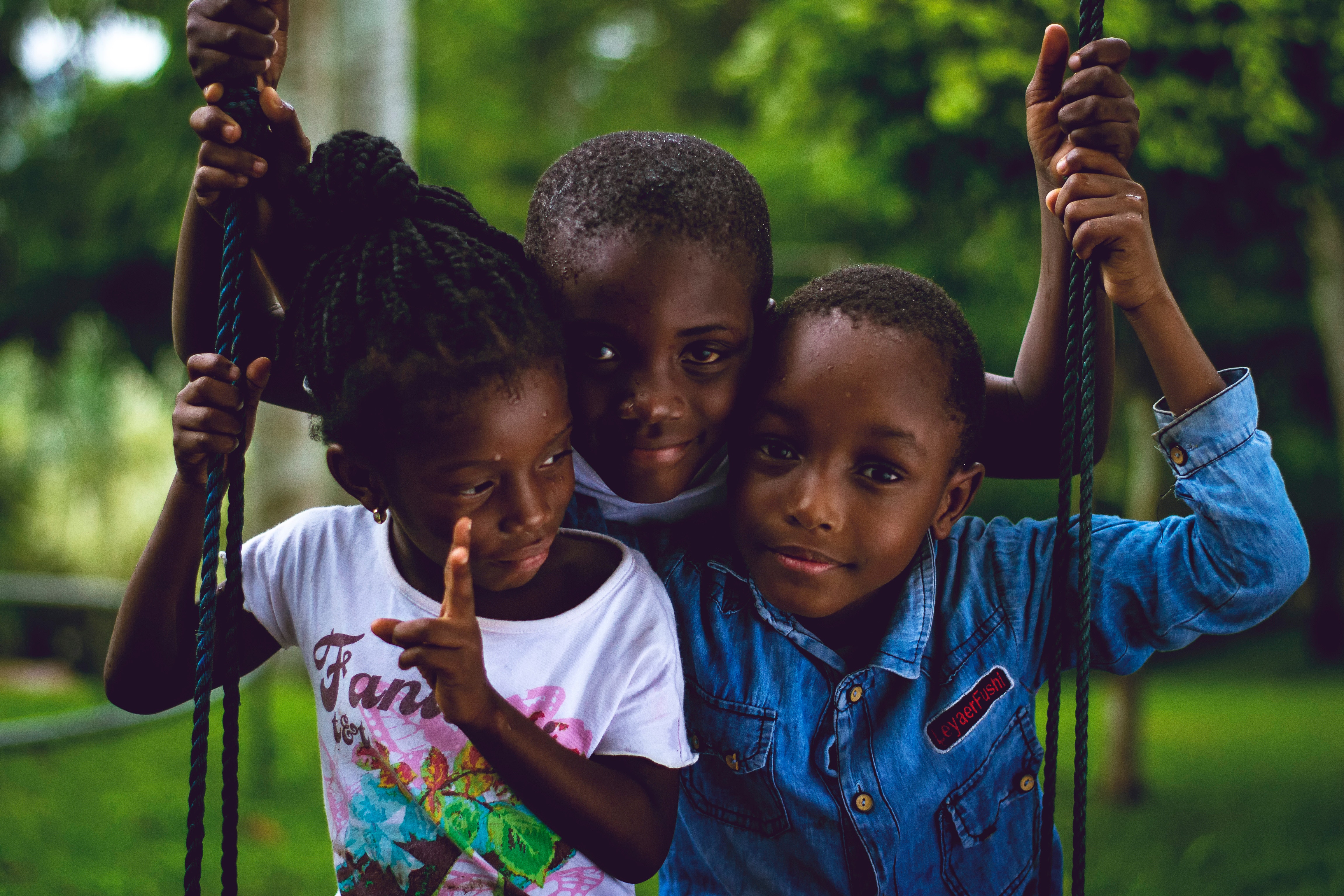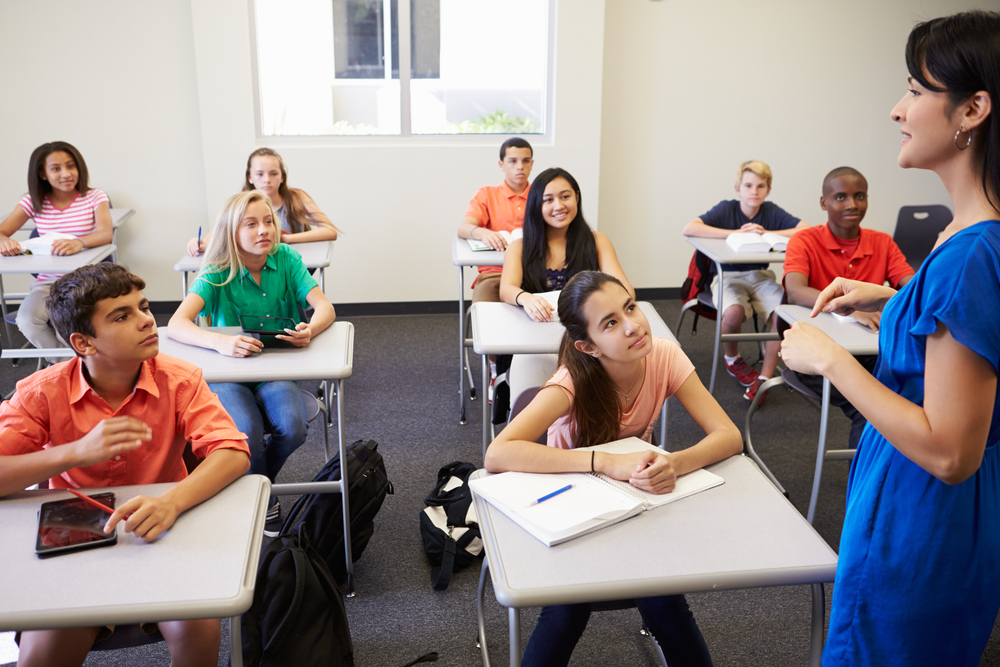History of Development
The Strong Start, Strong Kids, and Strong Teens programs were developed under the direction of the late Kenneth W. Merrell, PhD and with the Oregon Resiliency Project (ORP) at the University of Oregon (see Merrell, 2010 for more information). At the time, the literature revealed alarming trends and significant challenges:
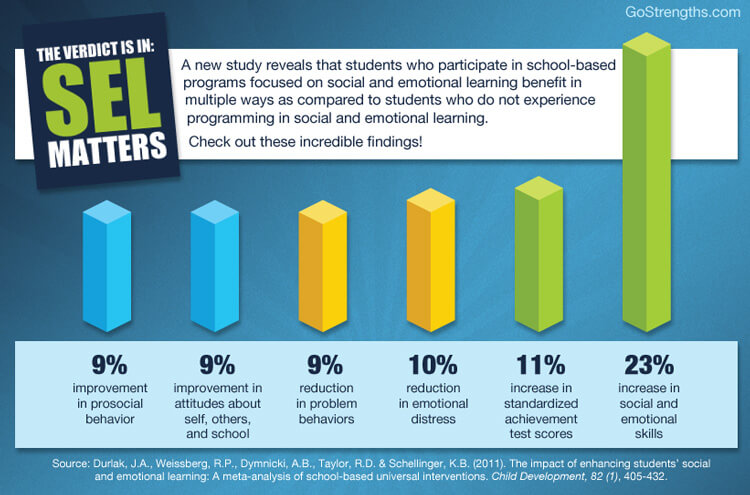
- 12%-22% of students under the age of 18 years were experiencing mental health problems so severe they needed services (Greenberg et al., 2001)
- 75-85% of the students in need of mental health services were not receiving adequate treatment (U.S. Department of Health and Human Services, 1999)
- Schools are often the primary and essential provider for mental health services due to high demand and lack of coordinated resources and without an increase in person power to deliver these services (Hoagwood & Erwin, 1997)
- Increasing discussion of how mental health problems can lead to academic problems, school drop out, and stress existing resources (Greenberg et al., 2003).
Meanwhile, an interest in applying a public health model to schools to improve students’ well-being was strongly emerging. The evidence for school-based prevention programs focused on “social and emotional learning” (SEL) was growing, demonstrating that schools have a role in promoting health and reducing risk (Greenberg et al, 2003). As with any development and expansion of new technology, glitches remained that needed attention: staff needed initial and ongoing support, programs needed ways to be sustained over time, schools had to thoughtfully consider how programs would be infused into the overall school culture and coordinate with other efforts, and progress monitoring was imperative to measure outcomes. As a result, efforts to make positive change were sometimes fragmented and inefficient (see Greenberg et al., 2003 for this discussion).
Strong Kids was developed to address the following areas:
- Prevention and resiliency-building focus
- Evidence-based theory and methods, with a focus on cognitive-behavioral theory
- Instructionally sound teaching and learning methods
- Practical content and materials
- Cost-effective
- Easy to use
- Content taught during the course of a typical class period
- Accessible to students from pre-Kindergarten to Grade 12
- Logical alignment with the goals of schools
- Developmentally appropriate, relevant and engaging content
-
Focus on teaching and learning:
- Skills known to prevent internalizing problems (e.g., depression, anxiety, somatic complaints, social withdrawal)
- Identifying and increasing awareness regarding emotions
- Cognitive restructuring
- Empathy and perspective taking
- Helpful communication skills
- Interpersonal problem solving skills
- Stress reduction
- Anger management
- Behavioral change and goal setting
- Assessment of fidelity of implementation and outcomes
- Support available for staff development and program implementation
Strong Kids users are encouraged to consider the following upon embarking upon implementation:
- How will the program/s fit into the school’s goals and current curricula?
- How will the goals of the program/s help your students meet their goals?
- What types of resources are needed for support?
- How will the school involve all students, faculty, and staff?
- How will the school involve families?
- How will implementation and progress be measured?
You will find many of these tips and associated materials available on this website!
Since we first began work on the Strong Kids series, evidence continues to support that SEL prevention and intervention efforts are associated with students’ academic, behavioral, social, and emotional success (Durlak, et al., 2011; Sklad, et al., 2012). Skills such as critical thinking, problem solving, communication, and making responsible decisions are now believed to be essential to students’ academic success (Partnership for 21st Century Skills, 2008; Pellegrino & Hilton, 2013). We are very pleased that the Strong Kids curriculum series continues to contribute to the overall development of our 21st Century youth.
References
Durlak, J. A., Weissberg, R. P., Dymnicki, A. B., Taylor, R. D. & Schellinger, K. B. (2011), The impact of enhancing students’ social and emotional learning: A meta-analysis of school-based universal interventions. Child Development, 82: 405–432. doi:10.1111/j.1467-8624.2010.01564.x
Greenberg, M. T., Weissberg, R. P., O’Brien, M. U., Zins, J. E., Fredericks, L., Resnik, H., et al. (2003). Enhancing school based prevention and youth development through coordinated social, emotional, and academic learning. American Psychologist, 58, 466 – 474. doi:10.1037/0003-066X.58.6-7.466
Greenberg, M. T., Domitrovich, C., & Bumbarger, B. (2001). The prevention of mental disorders in school-aged children: Current state of the field. Prevention and Treatment, 4(1), 1a. Retrieved from http://www.apa.org/pubs/journals/pre/
Hoagwood, K., & Erwin, H. D. (1997). Effectiveness of school-based mental health services for children: A 10-year research review. Journal of Child and Family Studies, 6(4), 435-451. https://doi.org/10.1023/A:1025045412689
Merrell, K. W. (2010). Linking prevention science and social and emotional learning: The Oregon resilience project. Psychology in the Schools, 47(1), 55-70. doi: 10.1002/pits.20451
Partnership for 21st Century Skills. (2008). 21st century skills, education, and competitiveness: A resource and policy guide. Washington, DC: Author. Retrieved from http://www.p21.org/storage/documents/21st_century_skills_education_and_competitiveness_guide.pdf accessed 15 may 2014.
Pellegrino, J. W., & Hilton, M. L. (Eds.). (2013). Education for life and work: Developing transferable knowledge and skills in the 21st century. National Academies Press. doi:10.1002/pits.21641
Sklad, M., Diekstra, R., RITTER, M. D., Ben, J., & Gravesteijn, C. (2012). Effectiveness of school‐based universal social, emotional, and behavioral programs: Do they enhance students’ development in the area of skill, behavior, and adjustment?. Psychology in the Schools, 49(9), 892-909.
U.S. Department of Health and Human Services. (1999). Mental health: A report of the Surgeon General. Rockville, MD: U.S. Department of Health and Human Services, Substance Abuse and Mental Health Services Administration, Center for Mental Health Services, National Institutes of Health, National Institute of Mental Health.
Walker, H. M., Nishioka, V. M., Zeller, R., Severson, H. H., & Feil, E. G. (2000). Causal factors and potential solutions for the persistent underidentification of students having emotional or behavioral disorders in the context of schooling. Assessment for Effective Intervention, 26(1), 29-39. https://doi.org/10.1177/073724770002600105
